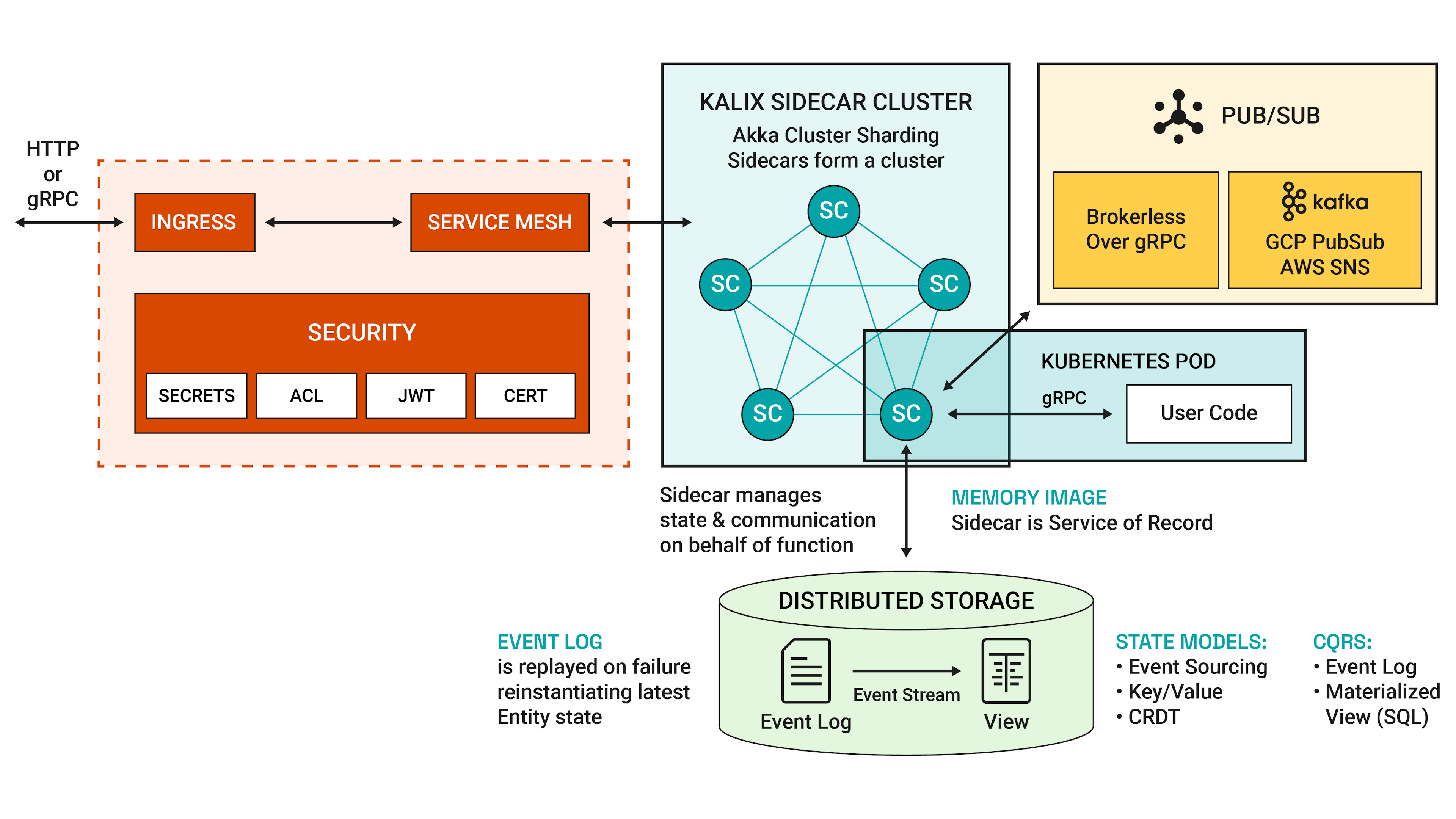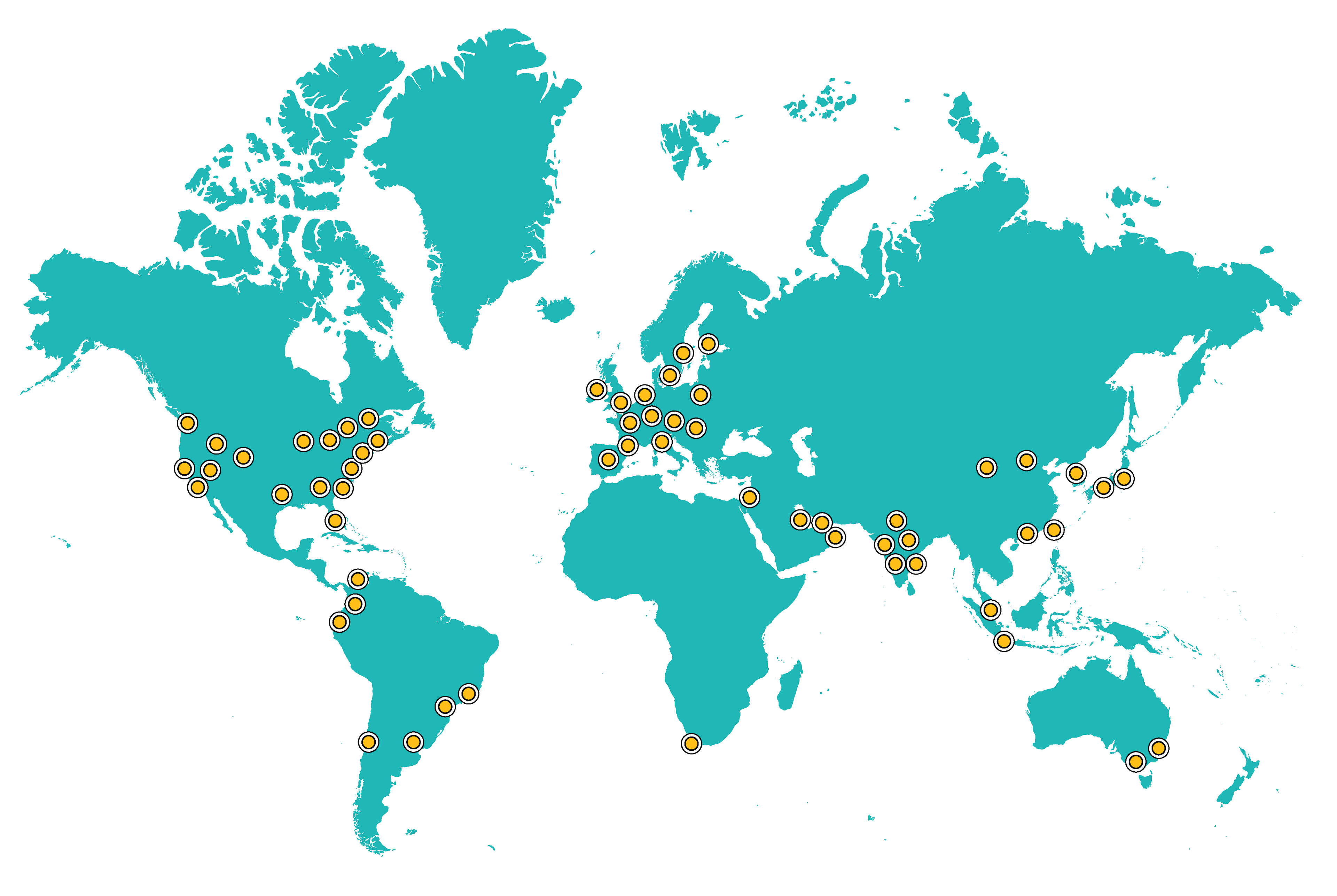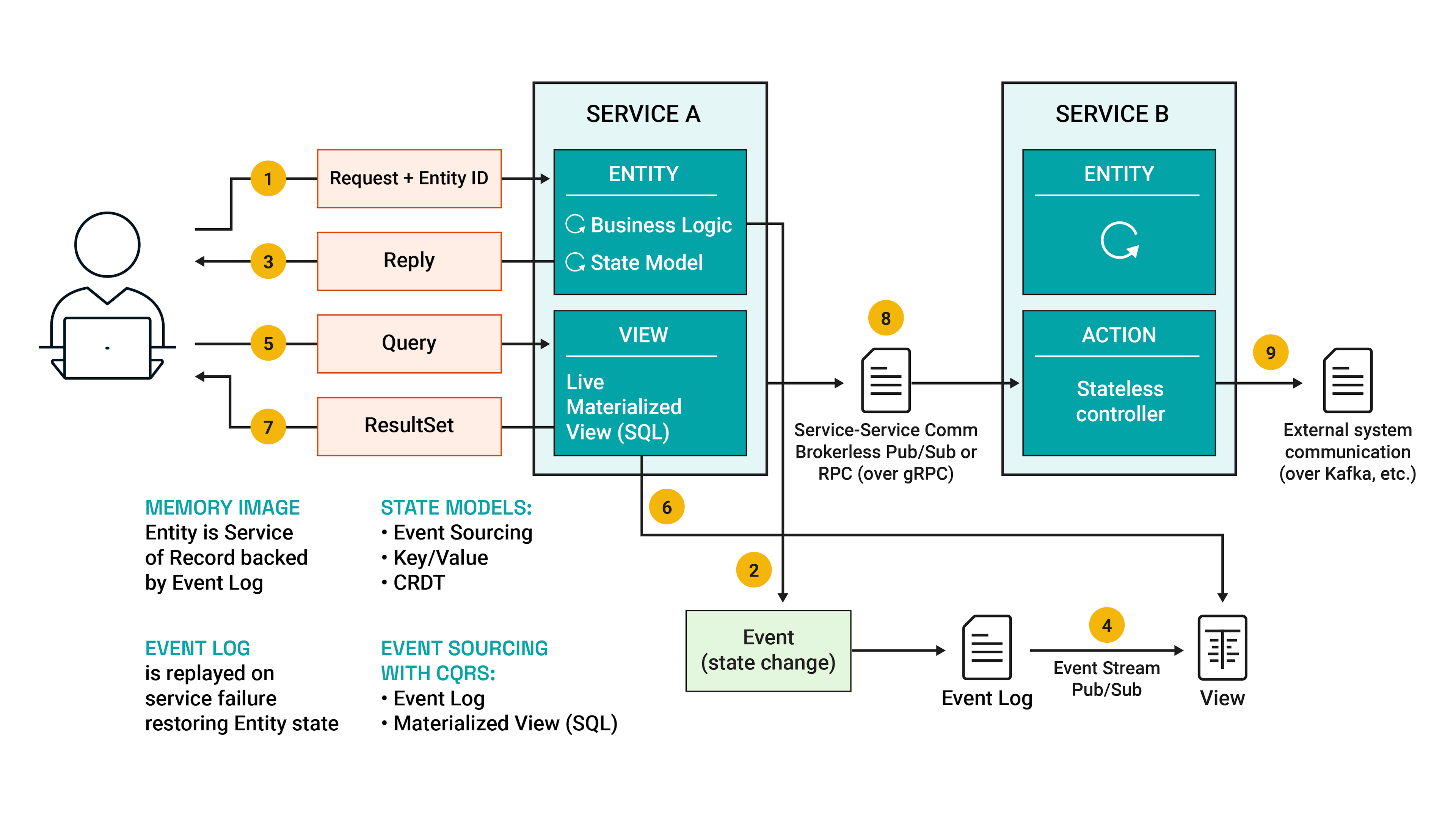
How Kalix Works
Easily build Self-Provisioning, Reactive Systems.
Interact with the infographic below to discover how.
Developer Responsibility
Developer Experience
- Design Kalix Service
- Kickstart Kalix Development Project
- Describe Data Structures
- Define API
- Implement Business Logic
- Test, Run, Deploy
Learn More
Developer Responsibility
Code
@EntityType("customer")
public class CustomerEntity extends ValueEntity<CustomerEntity.Customer> {
record Customer(String name, String email) {}
record CreateCustomer(String name, String email) {}
@EntityKey("customer_id")
@PostMapping("/customers/{customer_id}")
public Effect<String> createCustomer(@RequestBody CreateCustomer create) {
return effects()
.updateState(new Customer(create.name, create.email))
.thenReply("done");
}
}Learn More
Operator Responsibility
Operator Experience
- CLI & Web Console
- Manage Cloud & Edge regions
- Metrics, Health, Events, Logs
- Secrets, JWT, & Client Certificates
- Roles, Users & Organizations
- Public APIs, Routes
Learn More
Developer Responsibility
Developer Experience
Developer Responsibility
Code
Operator Responsibility
Operator Experience
Developer Responsibility
Operator Responsibility
Managed by Kalix
Managed by Kalix

Inferred from Code
Managed By Kalix
Auto-Generated Reactive Architecture

Managed By Kalix
Unparalleled Performance
Managed By Kalix
Runtime Execution of Service
Managed By Kalix
How Kalix implements the Reactive Principles
Managed By Kalix
SRE / Operations
Managed By Kalix
Cloud & Edge Deployment
Deploy to AWS/GCP locations. Azure & Edge deployment coming soon.

